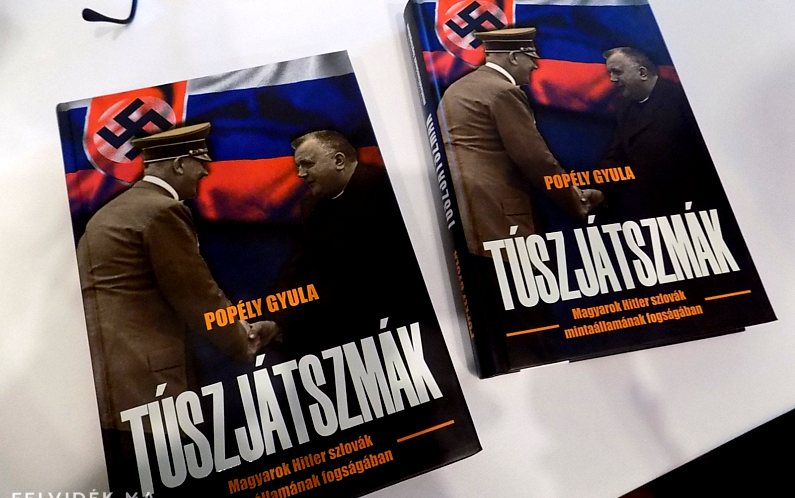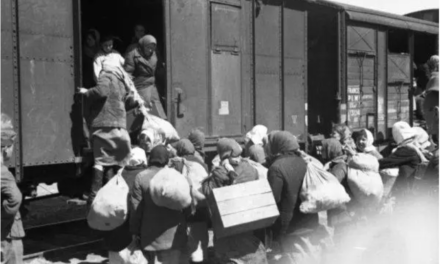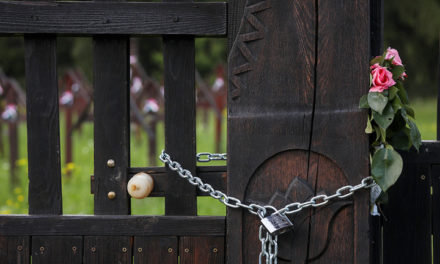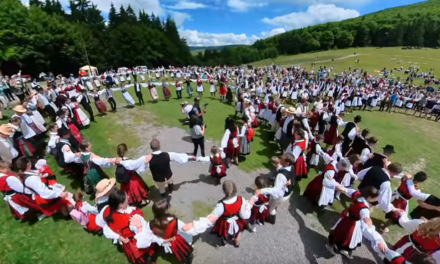On the first day of September, the Limes-Anavum Regional Heritage Association based in Nana, which has been operating for more than two decades, held a book presentation and lecture combined with a screening in the Párkáni cultural center... the series of tragedies that befell Hungarians in the highlands came to light after the war.
Guests interested in history came to the meeting not only from the Párkány region, but also from the other side of the Danube, Gyula Popély's Túszjátsmák and Géza Dunajszky's book Digged Mass Graves
Gyula Popély , historian, university professor, doctor of the Hungarian Academy of Sciences, explores and presents on 338 pages one of the greatest dramas of the time, which was decisive for the fate of Hungarians in the highlands, in his book "Túszjátszmák - Hungarians in captivity in Hitler's Slovak model state". The reader can also find out how the Hungarians from the highlands helped the Jews to escape, many of whom fled to Hungary because, according to them, they were treated the most humanely in all of Europe.
His book reveals why Slovakian Jews had an increasingly positive attitude towards the Horthy regime and towards Hungarians in general. Between 1939 and 1945, the Hungarian national community of the Slovak Republic had the right to feel in a hostage situation in the homeland of its ancestors. The Slovak government, which was supported by Adolf Hitler, used the harshest possible repressive policy against the Hungarians.
"The Slovak political leadership did everything possible to see their country as the Fuehrer's model state and most loyal ally. Meanwhile, the Hungarian Party, led by János Esterházy, representing the Hungarians in Slovakia, and the entire Hungarian national minority in Slovakia firmly opposed the ideology of fascism and National Socialism. Thus, in addition to the Jews, the Hungarians also became the suffering subjects of the totalitarian oppressive political system of the Tiso-Tuka-Mach trio," we can read in the preface.
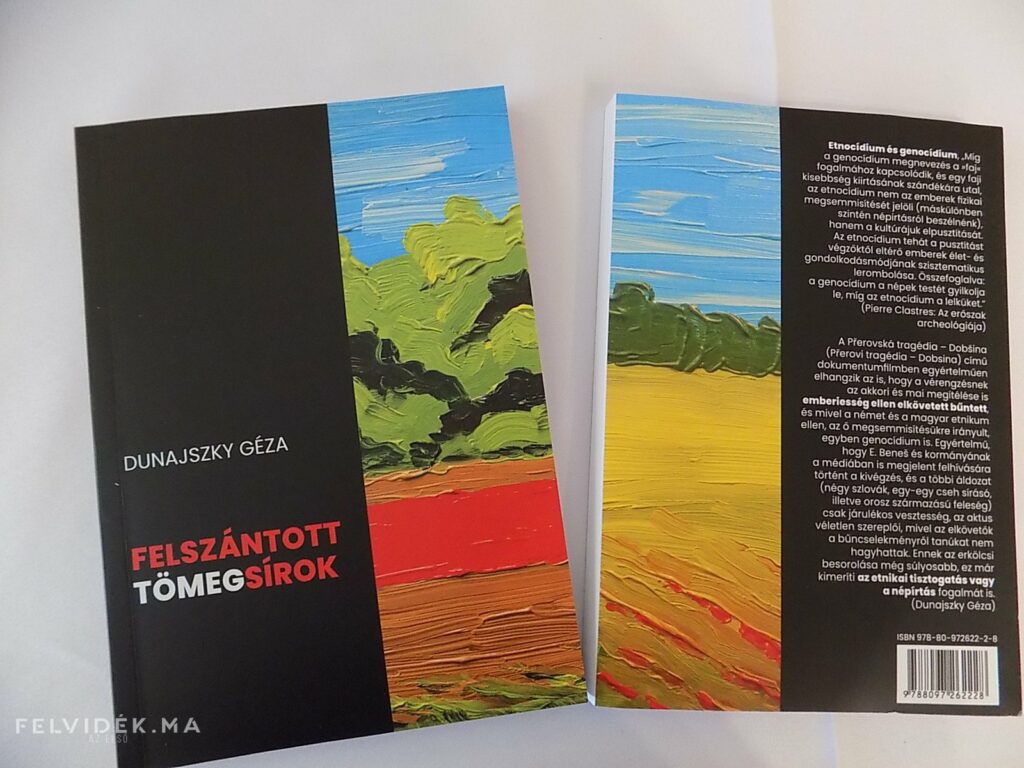
photo: Kornélia Berényi
Géza Dunajszky's book Plowed mass graves was preceded by a long research work, which reveals what kind of mass murders, executions and massacres the Hungarians in the highlands , who were victims of Hitler's Nazism, Beneš 's supported Czechoslovak nationalism and they were innocent victims of Soviet policy. The book contains nearly a hundred documents and photographs of the execution sites from Szomotor to Ligetfalu to Přerov.
Genocide in Bratislava Forest was shown at the book launch , which shows, based on real documents, that around 60 internment camps were established in the territory of today's Slovakia from 1945 onwards. By November 1945, 50 of these camps had been established. On November 1, 1945, 21,842 civilians were held in the internment camps. 82 percent of the people and families brought here were German, 12 percent Hungarian, and 6 percent Slovakian, since the communist system that was being established also deported Slovaks who opposed the new power for perceived or real reasons.
As the closing program of the event, the commemorative community bowed their heads in the Sobieski historical memorial park and laid a wreath on the Count János Esterházy .
Source and title image: Felvidék.ma/Berényi Kornélia

